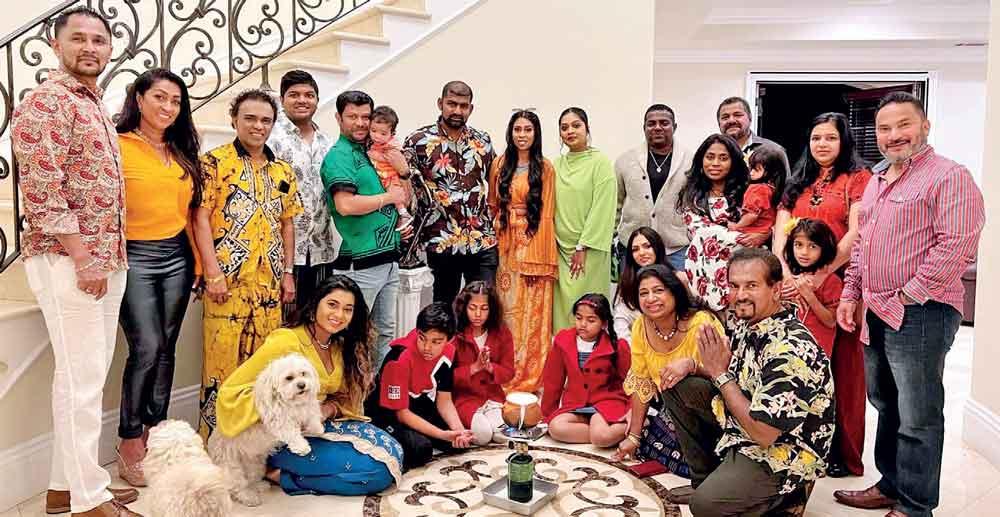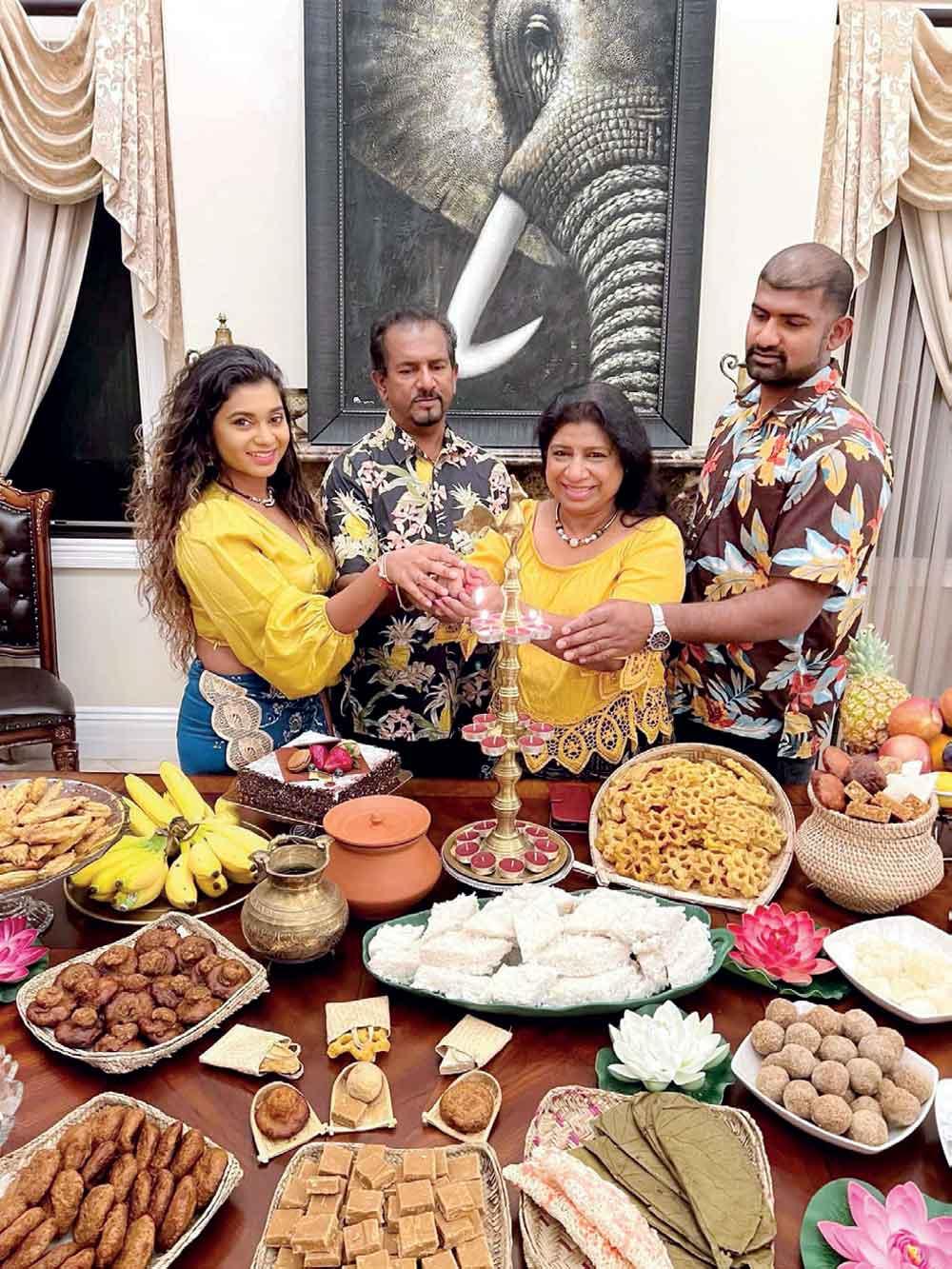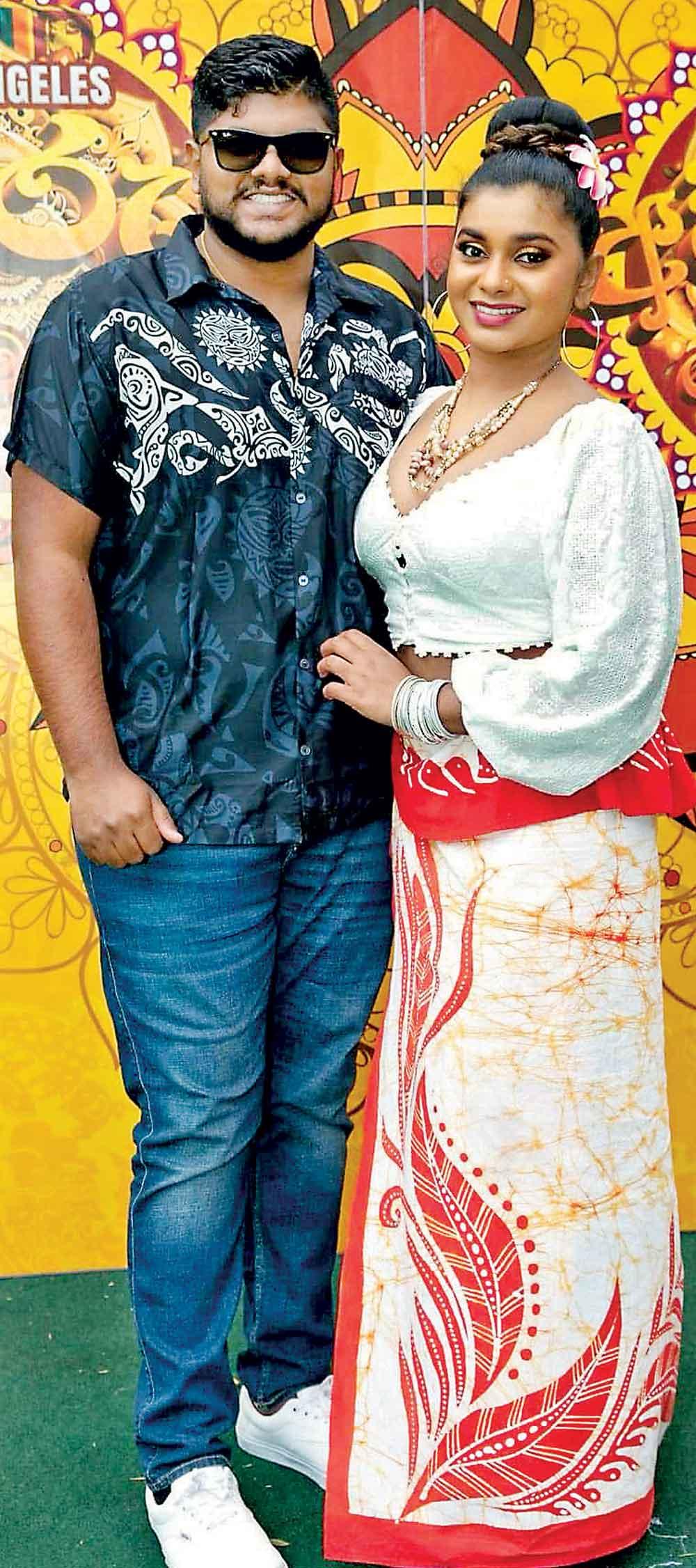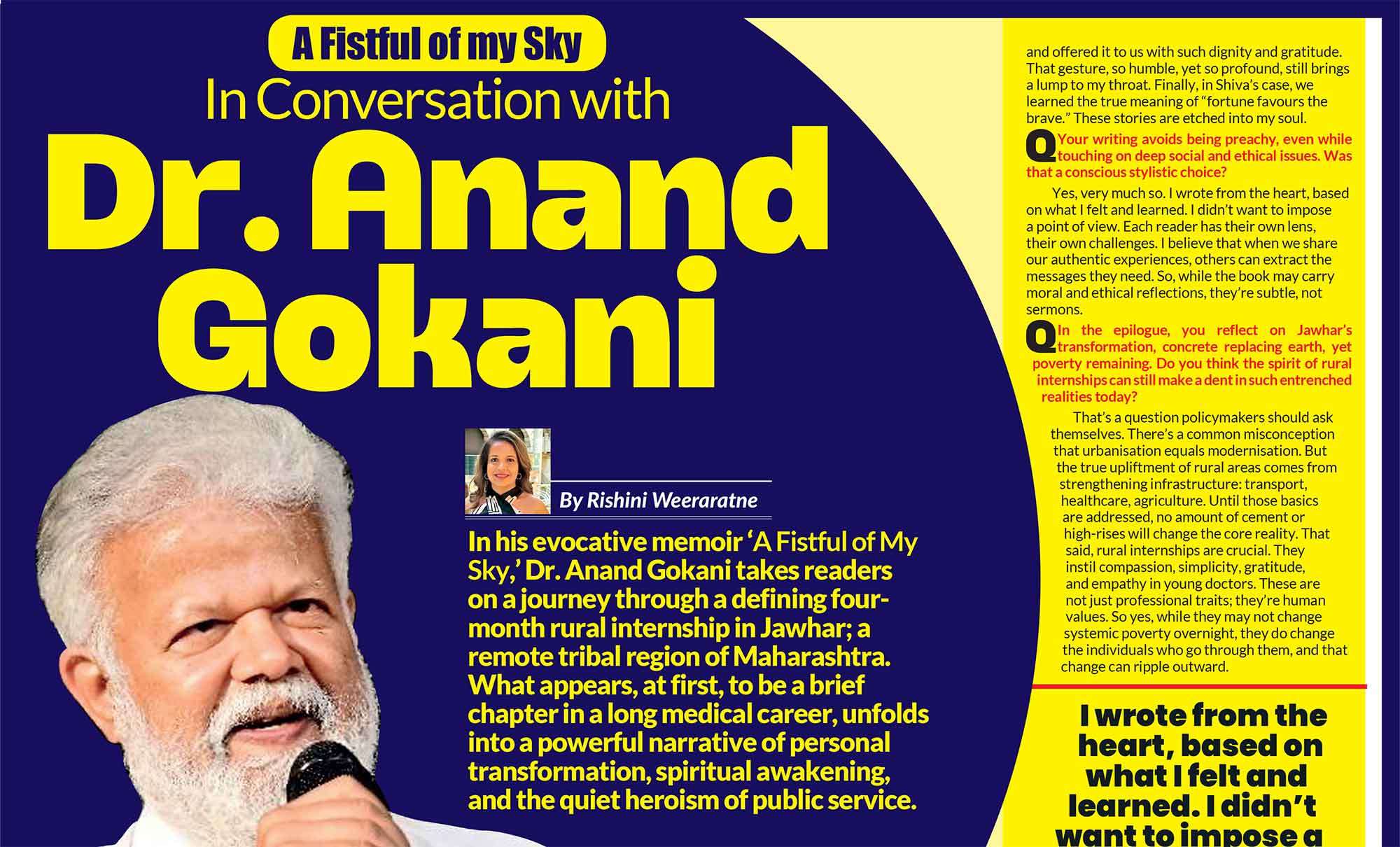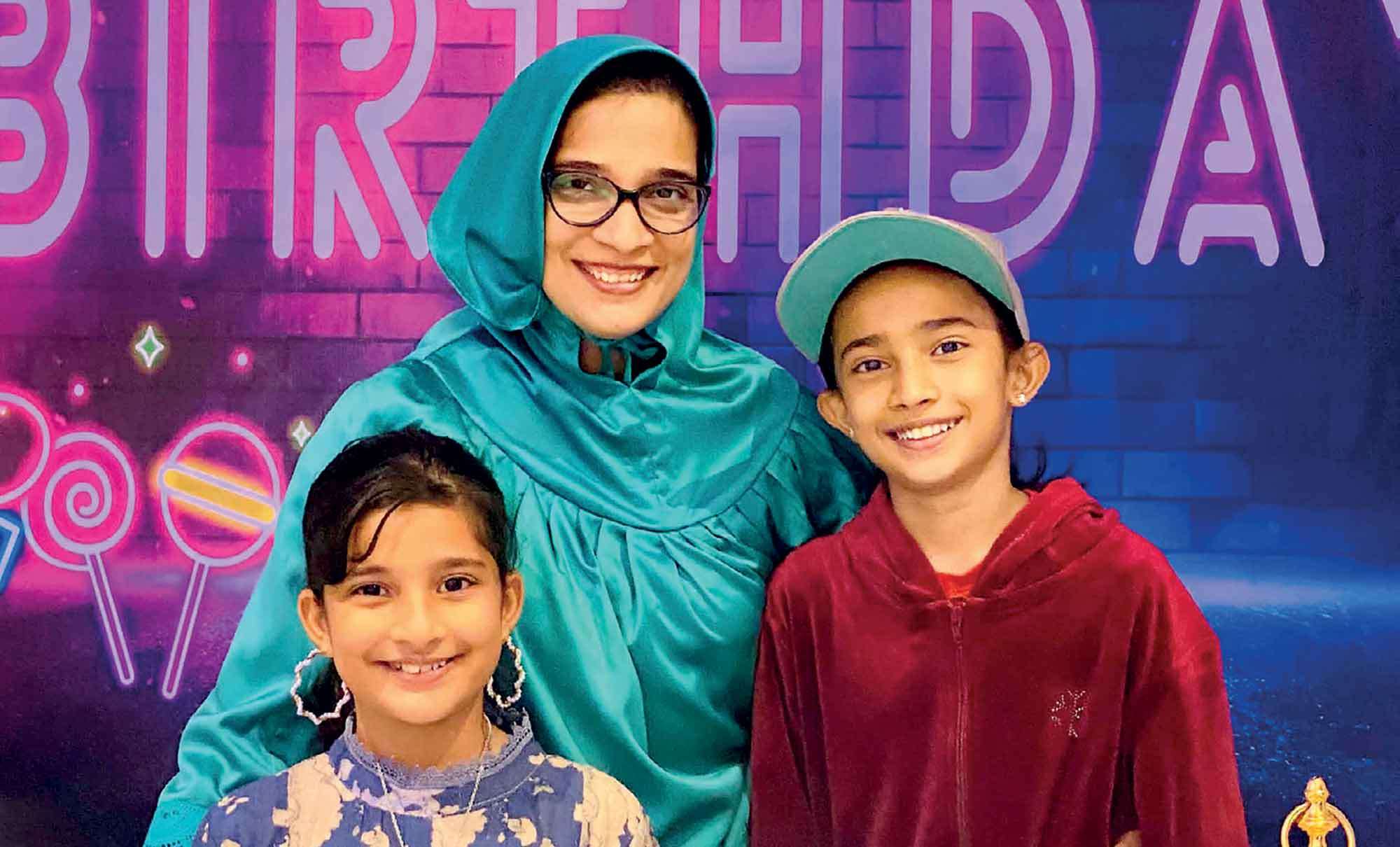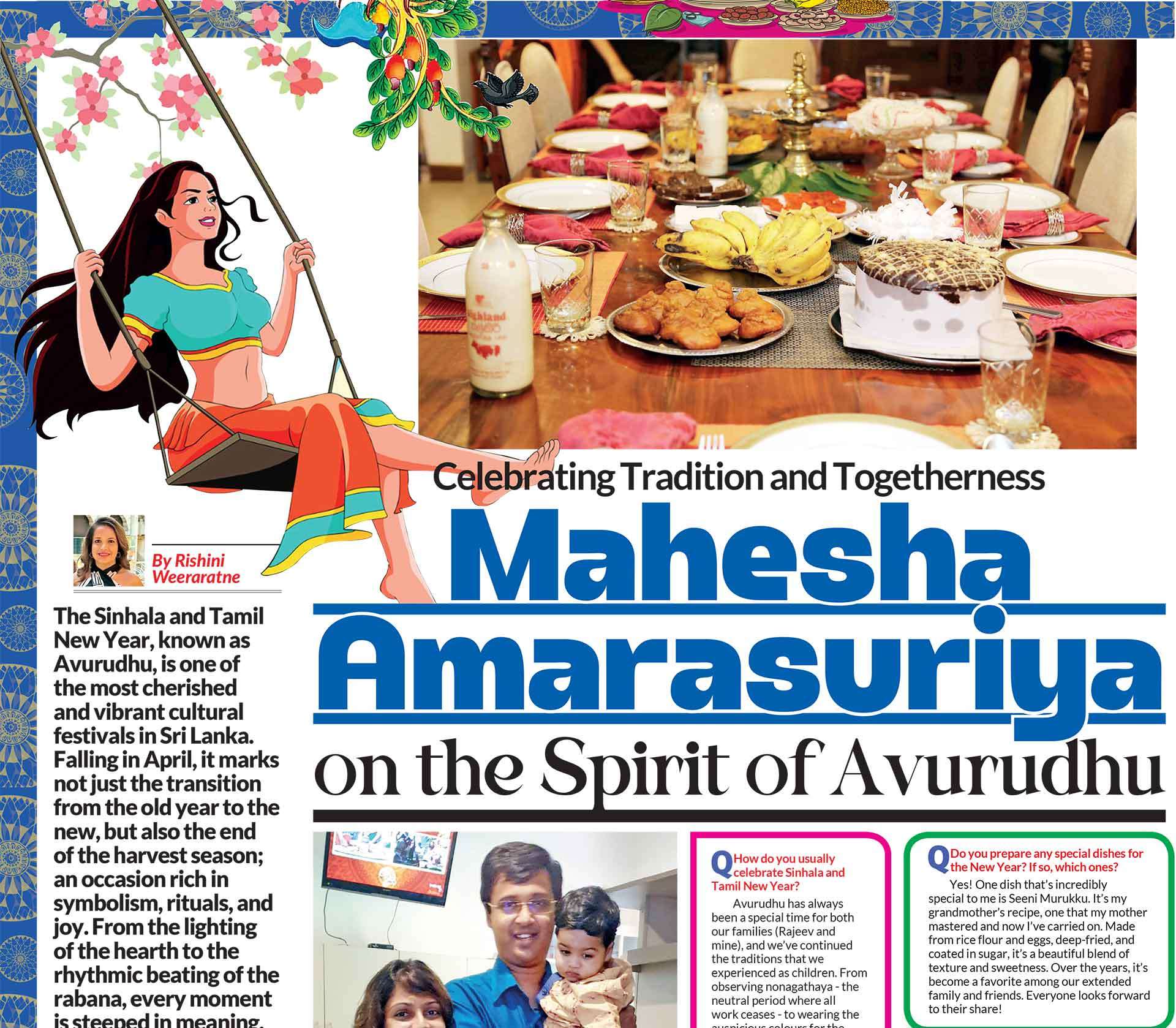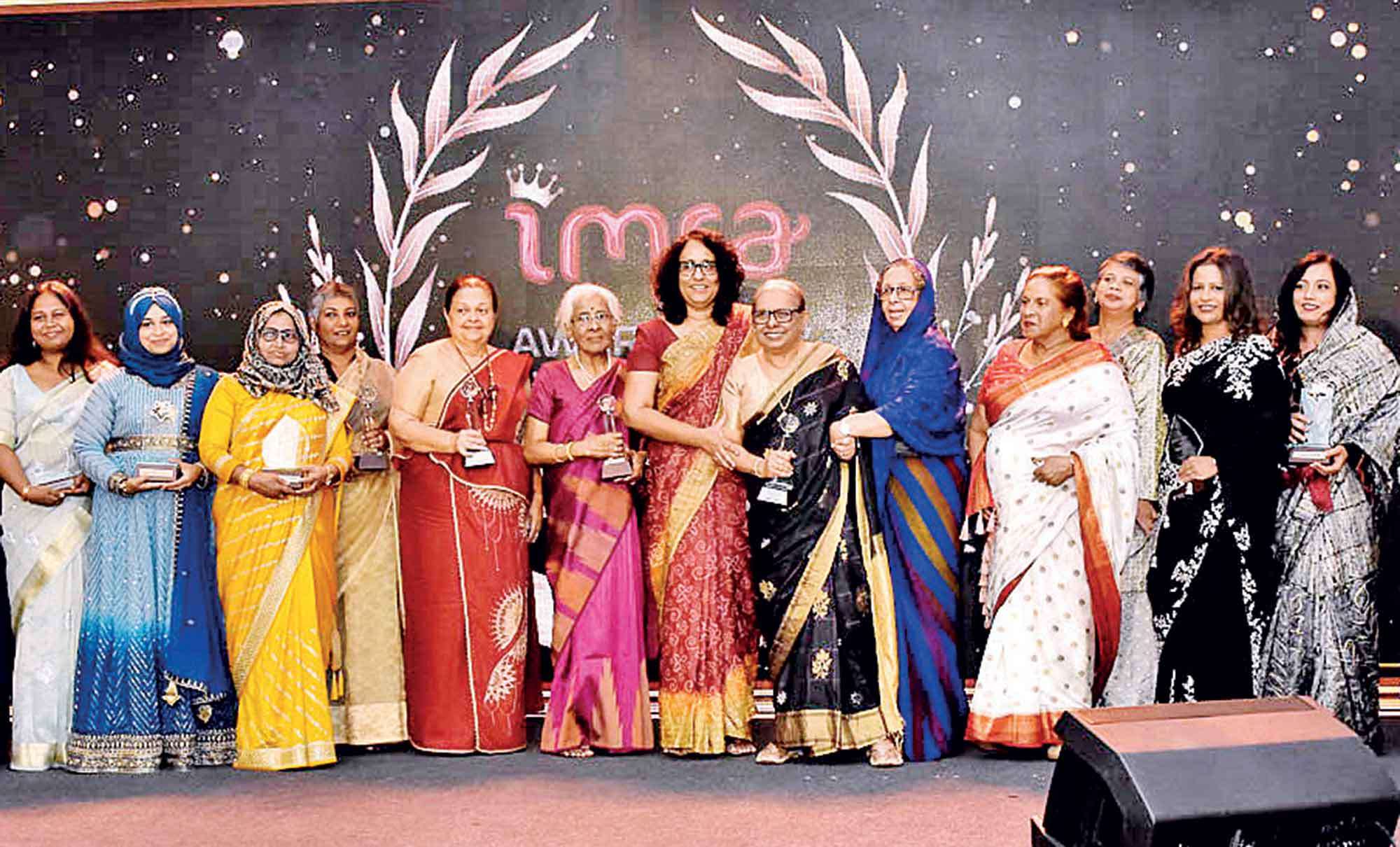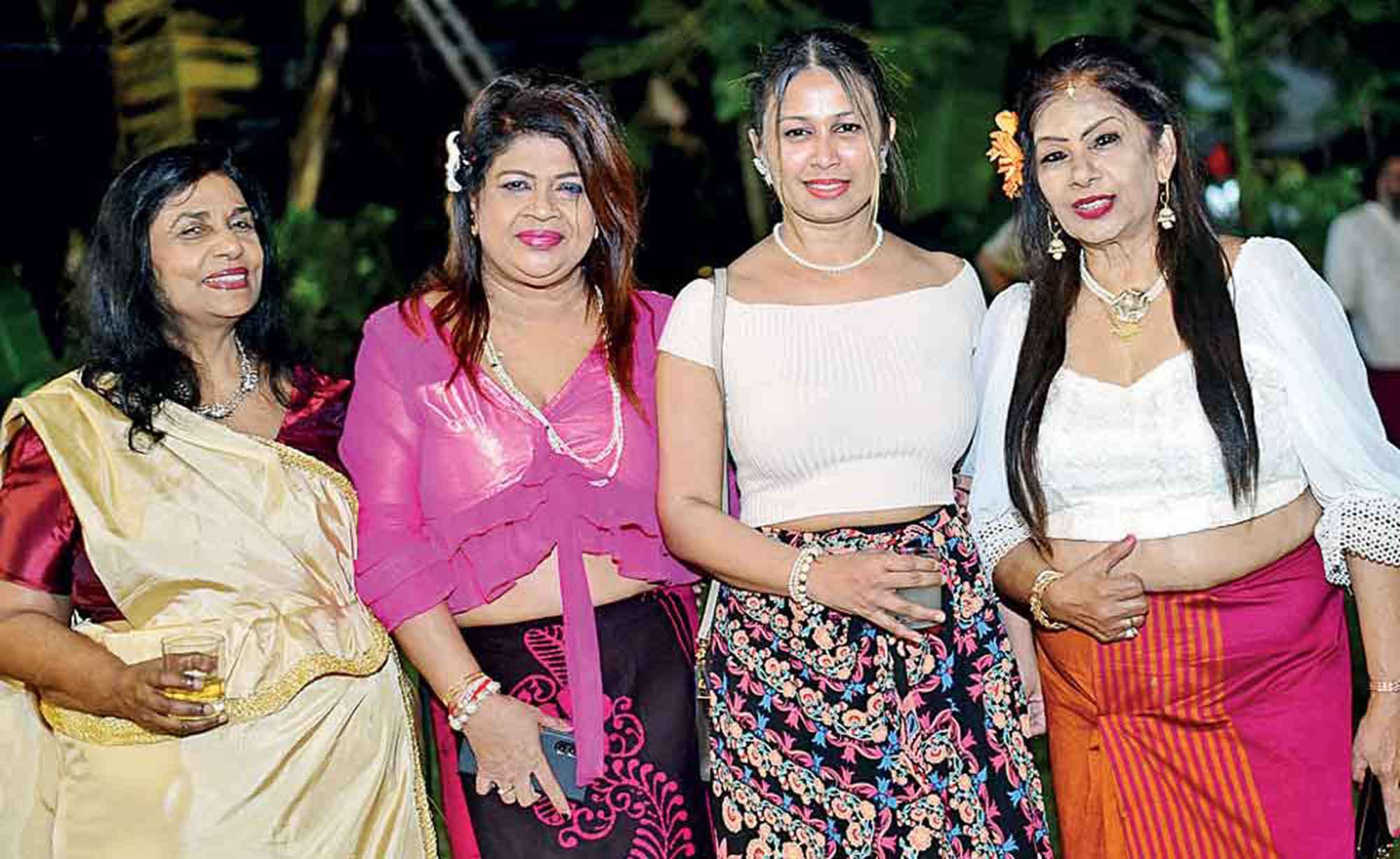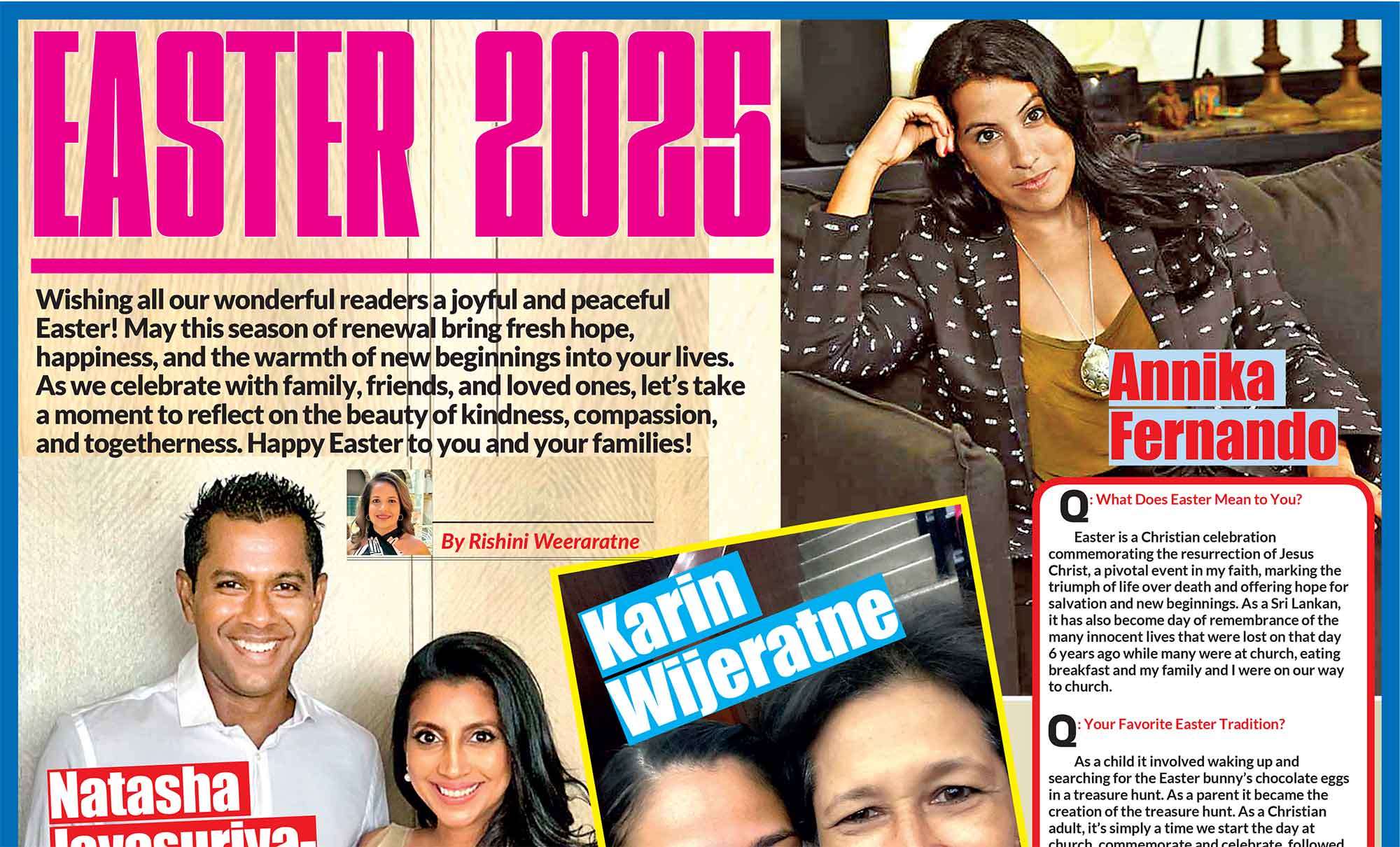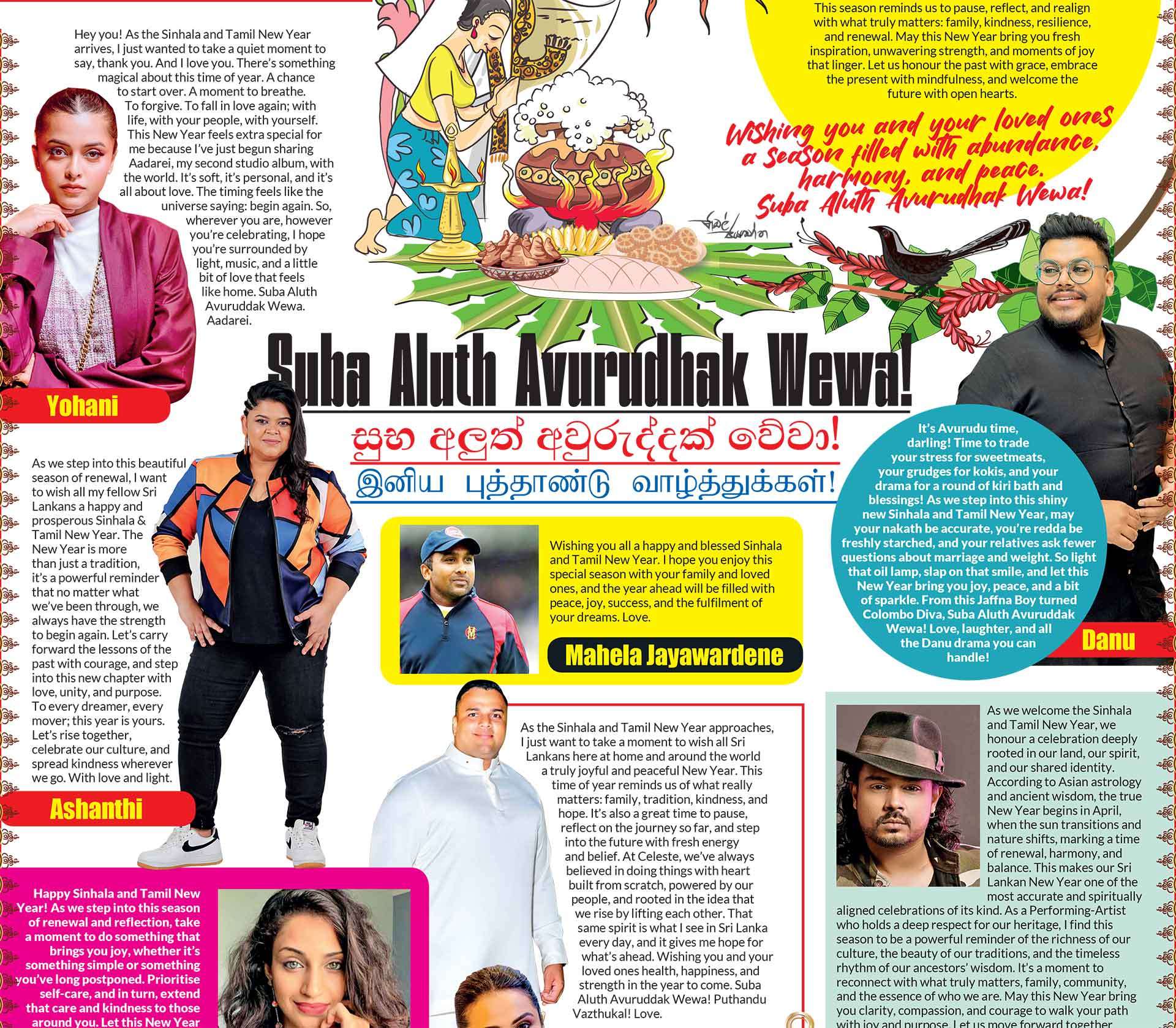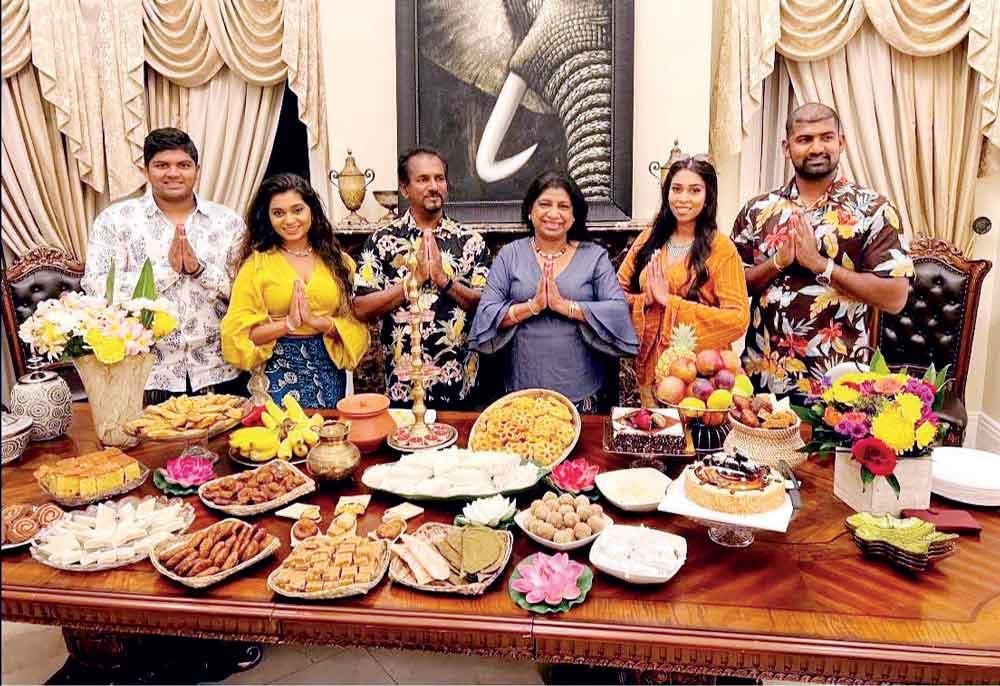
Nithya and her Family
Sinhala and Tamil New Year, known as Avurudhu, is a time of joy, togetherness, and tradition. Despite being miles away from Sri Lanka, the Sri Lankan community in Los Angeles keeps the spirit of Avurudhu alive through vibrant celebrations filled with cultural customs, delicious food, and traditional games. Families gather to observe auspicious rituals, light oil lamps, and share home-cooked feasts that bring back the nostalgic flavours of home. The younger generation is introduced to these cherished traditions, ensuring that Sri Lankan heritage continues to thrive across generations. Whether it’s the sound of raban playing, the sight of children eagerly participating in games, or the aroma of freshly made kevum and kokis, Avurudhu in Los Angeles remains a heartfelt occasion that connects people to their roots while embracing a multicultural setting.
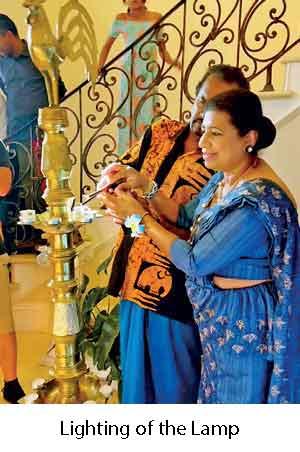 Q Nithya, how do you usually celebrate Sinhala and Tamil New Year?
Q Nithya, how do you usually celebrate Sinhala and Tamil New Year?
I typically celebrate with family gatherings, starting with the tradition of overflowing milk at the auspicious time. Afterward, we come together to offer prayers to the Lord Buddha and worship our parents, followed by traditional customs. Despite living outside of Sri Lanka, my parents have always ensured that we uphold Sri Lankan traditions. The New Year is a time to be with loved ones, marking a fresh start. One of the highlights is my mom preparing a table full of traditional Sri Lankan sweets, all made by herself.
Traditionally, the first bite of kiribath (milk rice) is hand-fed by the head of the household; my father
Q What are some traditions that your family follows during the New Year?
Our family observes several customs, including lighting the oil lamp, offering prayers for prosperity and health, and preparing an array of traditional dishes. A significant moment is the “first meal,” which we enjoy together after the auspicious time. Traditionally, the first bite of kiribath (milk rice) is hand-fed by the head of the household; my father. I have fond memories of my grandfather doing this when we were younger.
Q Who introduced you to these traditions, and have you passed them on to others?
These traditions were passed down by my parents and grandparents, who emphasized preserving our cultural heritage even while living in the USA. These customs hold deep meaning and continue to be shared across generations. Seeing their dedication has inspired me to pass these traditions on to my children in the future.
Q Do you prepare any special dishes for the New Year? If so, which ones?
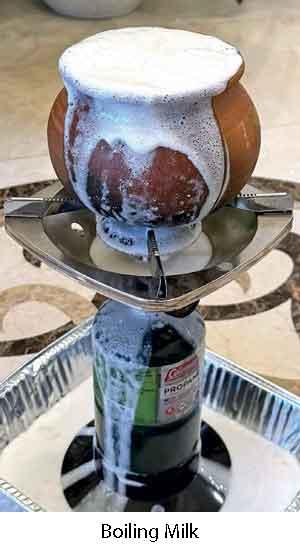 Yes, we prepare a variety of traditional dishes, including kiribath (milk rice), cashew curry, fish curry with coconut, and lunumiris to accompany the kiribath. We also make traditional sweets like konda kevum, kokis, milk toffee, coconut toffee, aggala, athirasa, butter cake, pani walalu, mung kevum, rulang aluwa, halapa, and aval. These dishes are not only delicious but also carry deep cultural significance.
Yes, we prepare a variety of traditional dishes, including kiribath (milk rice), cashew curry, fish curry with coconut, and lunumiris to accompany the kiribath. We also make traditional sweets like konda kevum, kokis, milk toffee, coconut toffee, aggala, athirasa, butter cake, pani walalu, mung kevum, rulang aluwa, halapa, and aval. These dishes are not only delicious but also carry deep cultural significance.
Q What is your favorite sweet treat to enjoy during the New Year celebrations?
This is a tough choice as there are so many, but if I had to pick one, it would be my mom’s milk toffee. She makes it perfectly soft to the bite with a milky caramel taste and a cashew inside. It’s absolutely delicious!
Q Are there any childhood memories of New Year celebrations that stand out to you?
One of my fondest memories is playing traditional games like kotta pora (pillow fighting) and tug of war with my cousins. When we were younger, we had private celebrations, but after moving to Los Angeles, we celebrated with friends and family. In 2023, my family hosted a New Year celebration at our home with close family friends. We organized games such as drawing the eye on the elephant, breaking the pot blindfolded, the lime and spoon race, balloon popping, the bun-eating contest, tug of war, pillow fighting, and a water balloon toss. The excitement and laughter shared during these moments are unforgettable.
One of my fondest memories is playing traditional games like kotta pora (pillow fighting) and tug of war with my cousins
Q How do you balance traditional customs with modern ways of celebrating?
I try to maintain the core traditions while embracing modern conveniences. For example, we still gather for prayers and the traditional meal, but we also use technology to connect with family back home, sending New Year wishes and sharing the celebration through video calls.

Pillow Fights
Q Do you take part in any New Year games or cultural activities? If so, which ones?
Yes, I participate in games like the lime and spoon race, tug of war, and water balloon toss. I’ve also performed cultural dances during community celebrations, which adds a joyful and lively element to the festivities.
Q What does Sinhala and Tamil New Year mean to you personally?
For me, the Sinhala and Tamil New Year symbolizes renewal and gratitude. It’s a time to reflect on the past year, learn from experiences, and embrace the new year with hope, optimism, and positive energy.
Q Have you adapted or created any new traditions of your own for the celebration?
Yes, over time, I’ve incorporated more sustainable practices into our New Year celebrations. This allows me to add a modern, thoughtful touch to a tradition that is deeply rooted in our culture.
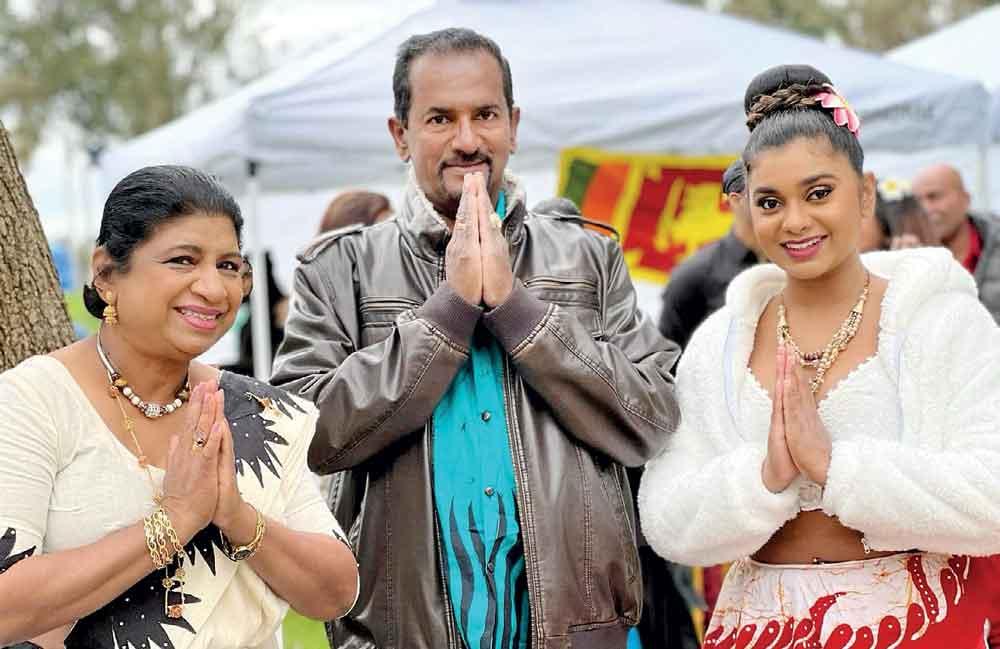
Prabha, Kumara and Nithya
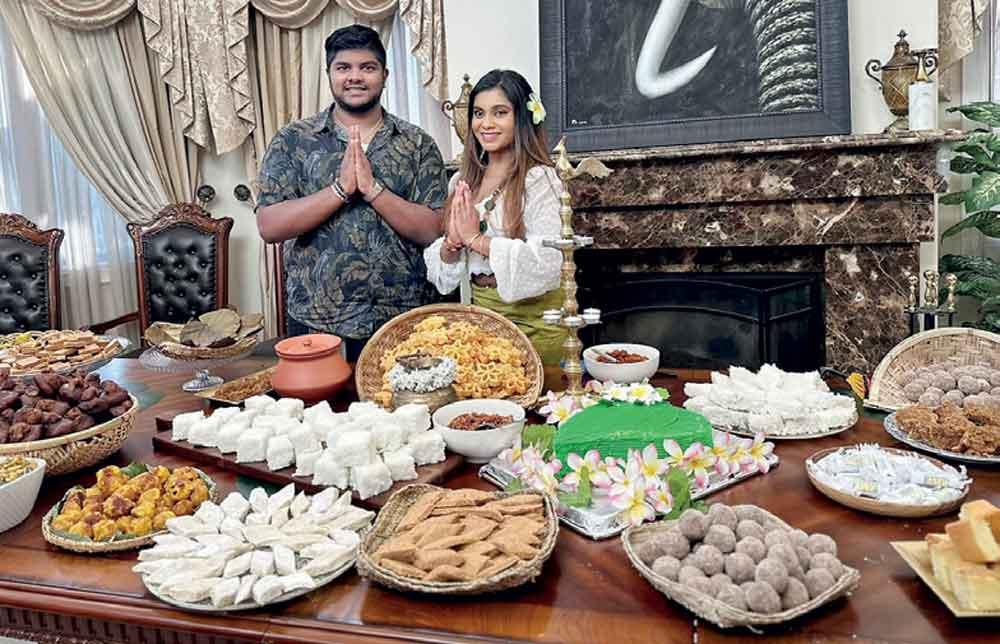
Dasith and Nithya
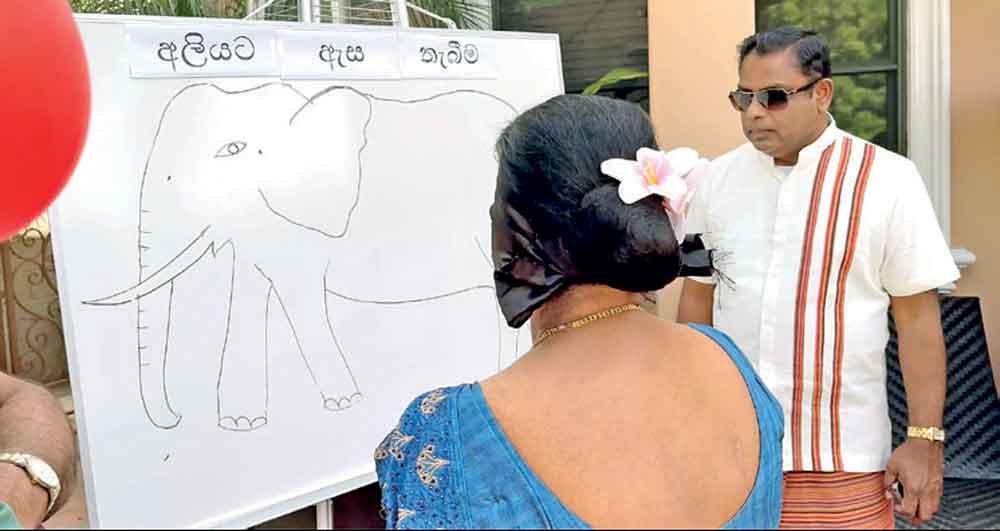
Painting the eye on the elephant
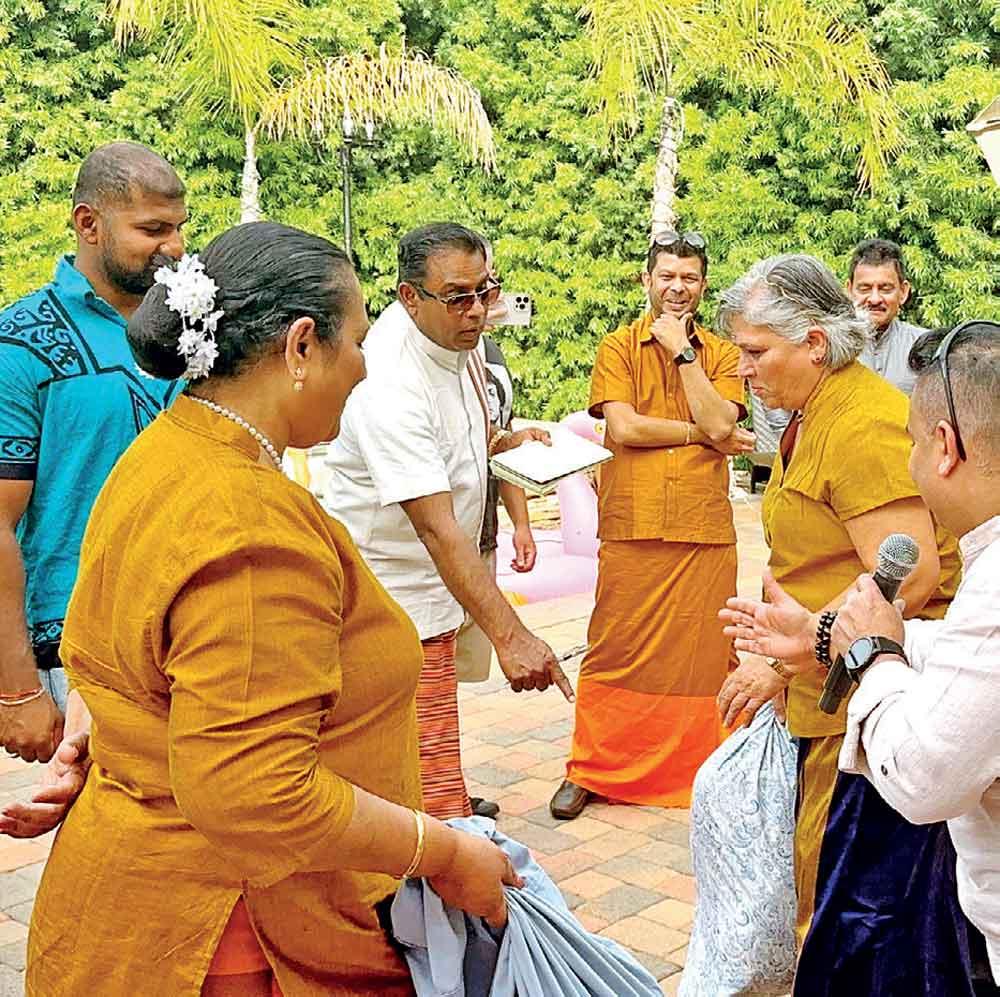
Pillow Fighting
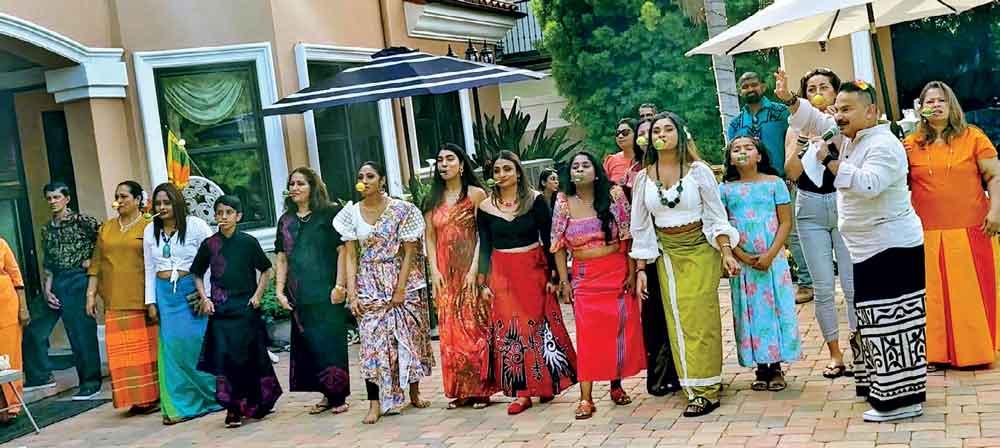
Lime and Spoon Race
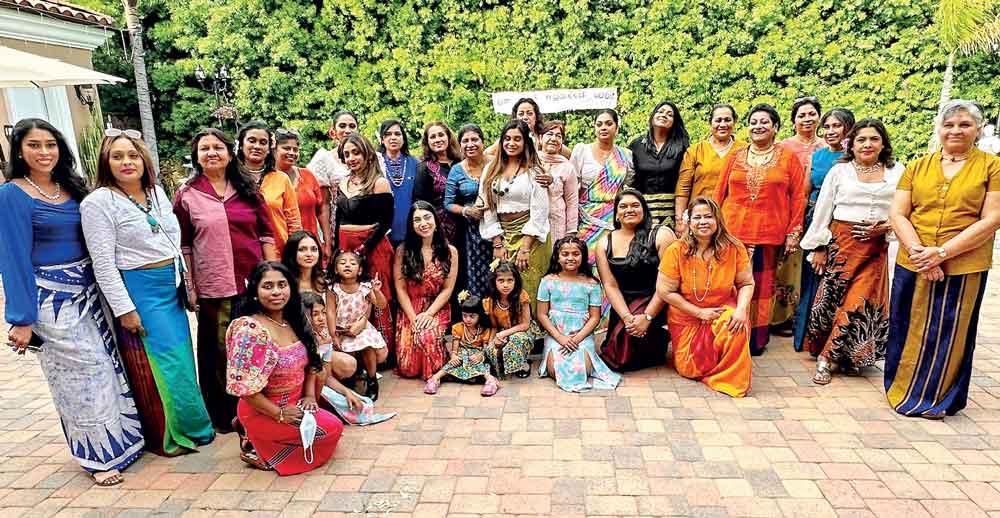
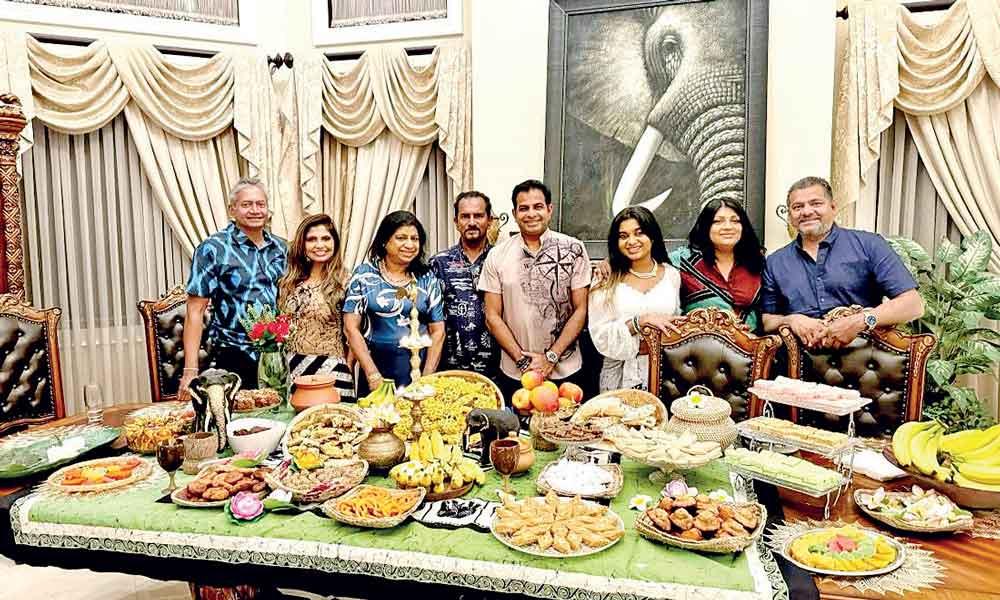 Nithya, Neranja and Manjula
Nithya, Neranja and Manjula
